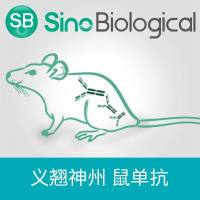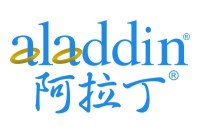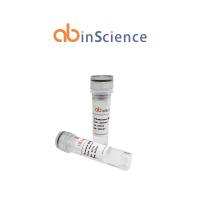Rotavirus Entry into Tissue Culture Cells
互联网
477
Rotavirus (RV) is a triple-protein-layered icosahedral virus, for which studies have established that the two outer-layer proteins, viral protein 4 (VP4) and viral protein 7 (VP7), are required for viral infectivity (1 ,2 ). VP7, a glycoprotein, is the major component of the outer-layer, but its role in viral entry is unclear. VP4 forms dimers extending out from the VP7-coated viral surface (3 ,4 ) and have been shown to be a determinant of host range and virulence, and is directly involved in cell attachment and RV entry into cells (5 –8 ). Proteolytic cleavage of VP4 into two noncovalently associated subunits, VPundefined and VPundefined (2 ,9 ,10 ), significantly enhances viral infectivity (11 –13 ).









